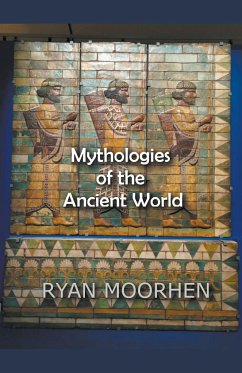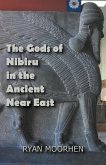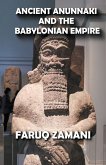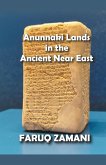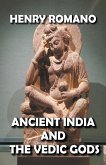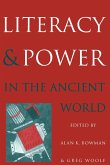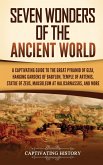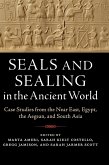Sumerian and Akkadian myths tend to focus on the creation of the universe, the origin of the gods, epic stories, ancient sites, and intrigues, and their astronomical achievements and creative building projects for the gods. It is rare for the Sumerian-Akkadian myths to focus on the struggle between the gods for power, and even then, it is not usually depicted as a vicious and God-like struggle. In their theological and cosmological reflection, The Sumer-Akkadian myths show a relatively mature and sophisticated understanding of the god's religious activities. Many myths are associated with the organization of the universe and its cultural processes, the creation of man, and the establishment of civilization. It has been found that no Sumerian myth is known that deals with the creation of the universe directly or explicitly; what little is known about Sumerian cosmogonic ideas has been inferred and deduced from laconic statements scattered throughout the literary texts. This myth is populated by relatively few deities: the air-God Enlil, the water-God Enki, the mother goddess Ninhursag (also known as Ninh or Ninmah), the god of the south wind Ninurta, the moon-god Nanna-Sin, the Eridu-god Martu, and above all the goddess Inanna, particularly regarding her unfortunate husband, Dumuzi. According to "Enlil and the Creation of the Pickax," he was the god who separated Heaven and Earth, brought forth "the seed of the land" from the Earth, fashioned the pickax for agricultural and building purposes, and gave it to the "people of dilmun" (the Sumerians, or perhaps humanity). In the myth "Summer and Winter," Enlil was the god who gave rise to trees and grains, produced abundance and prosperity in "the land," and appointed "Winter" to be "the farmer of the gods," who was in charge of the life-giving waters and all life. His blessing is sought after by all gods, even the most important ones. In one myth, the water-God Enki traveled to Enlil's temple in Nippur after constructing his "sea house" in Eridu to obtain his approval and blessing. Moon-God Nanna-Sin, the astronomy deity of Ur, travels to Nippur with gifts to ensure his domain's prosperity and well-being. Enlil is the chief of the Sumerian pantheon, but his power is not absolute and unlimited. Enlil's banishment to the Nether World is a story that is among the more "human" and tender of the Sumerian myths.
Hinweis: Dieser Artikel kann nur an eine deutsche Lieferadresse ausgeliefert werden.
Hinweis: Dieser Artikel kann nur an eine deutsche Lieferadresse ausgeliefert werden.

